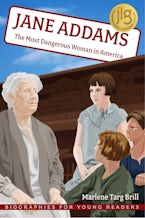Home


Spear
Winner of the Martin A. Klein Prize from the American Historical Association


The Great Upheaval
Winner of the Aidoo-Snyder Book Prize from the African Studies Association Women’s Caucus


The Affection in Between
Winner of the Symposium Book Award from the Canadian Society for Continental Philosophy

NEW SERIES
African Religions, Social Realities
A new series dedicated to rigorous research attuned to how religious sensibilities shape, inform, and transform African lived experiences.
Walter E. Sturgeon
John Dewey, Melvin L. Rogers, Melvin L. Rogers
Lucia Capacchione
Barn Quilts and the American Quilt Trail Movement
Suzi Parron, Donna Sue Groves
Linda Spence
Notes of Debates in the Federal Convention of 1787
James Madison, Adrienne Koch
Jean Gebser, Noel K. Barstad, Algis Mickunas
H. D. Harrington

























